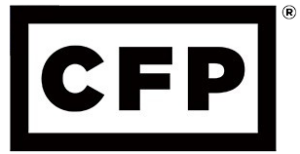Rising rates may be throwing the market into turmoil… but it’s finally an opportunity to make some money on cash!
Have you been sitting on cash and are sick of earning basically 0%? Potentially you have cash on hand for reserve (as you should) or for a short-term goal that’s coming up in a year or so. Or maybe you’re just not quite ready to throw it into the market or applied elsewhere until you feel more confident about where the world is heading. So what are your options that don’t involve an interest-free checking account?
As an aside, if you are ready to step beyond cash, read my blog: Where to Put Your Next Dollar.
No strings attached:
- High-yield savings accounts
- Money market accounts
- Money market mutual funds
- Cash management accounts
- No-penalty certificates of deposit
Time requirements to avoid penalty, loss loss of value, or liquidity issues:
- iBonds (1-yr to avoid penalty, 5-yr to avoid any interest loss, 5.27% through April 30, 2024!)
- Treasury Bills
- Short and Ultra Short-term Bonds
- Traditional CDs
Now, it’s important to realize that most of these involve little to no risk of principal due to FDIC insurance. The standard FDIC amount is $250,000 per depositor, per insured bank, for each account ownership category. This typically covers savings, money market, cash management, and CDs. Be sure to verify this when deciding on your preferred custodian, especially if it’s a strange app that’s new to market.
But you may be wondering about bond investments. Understand that even short-term options government and corporate options can lose money, especially in times of increased interest rates. That makes them less appealing compared to other options listed in today’s environment.
Generally, when interest rates go up, the value of debt securities will go down. Because of this, you can lose money investing in any bond fund, including an ultra-short bond fund. In a high interest rate environment, certain ultra-short bond funds may be especially vulnerable to losses. Before you invest in any ultra-short bond fund, be sure to read about a fund’s “duration,” which measures how sensitive the fund’s portfolio may be to changes in interest rates.
Investor.Gov
The iBonds, however, are linked to inflation. The higher the inflation, the higher the interest rate – which is what we’re dealing with right now. That makes them a favorite out of the bonds available on the list. Too bad they’re limited to $10k purchases per person (or trust/business registration), per calendar year. But if you have $10k to put somewhere, it’s hard to pass up the 9.62% rate they’re offering through October 31 (it re-rates every 6 months). If inflation remains relatively high, we should see a good rate for the next period(s) as well that may continue to beat out money market and CD options.
My favorite site due to their variety of options, ease of use, and overall reputation is Ally.com. But you may also vet options at BankRate.com to decide for yourself. Be aware that rates that look too good to be true may be “teaser rates” only good for the first few months. Or there may be various strings, minimums, or account level fees that make the higher rate less of a deal.
Good luck!





This Post Has 2 Comments
Pingback: From Layoff to Takeoff: How to be Prepared for your Next Adventure - North Andover Financial Planner | Powwow, LLC
Pingback: Financing options in a high-interest rate environment - North Andover Financial Planner | Powwow, LLC